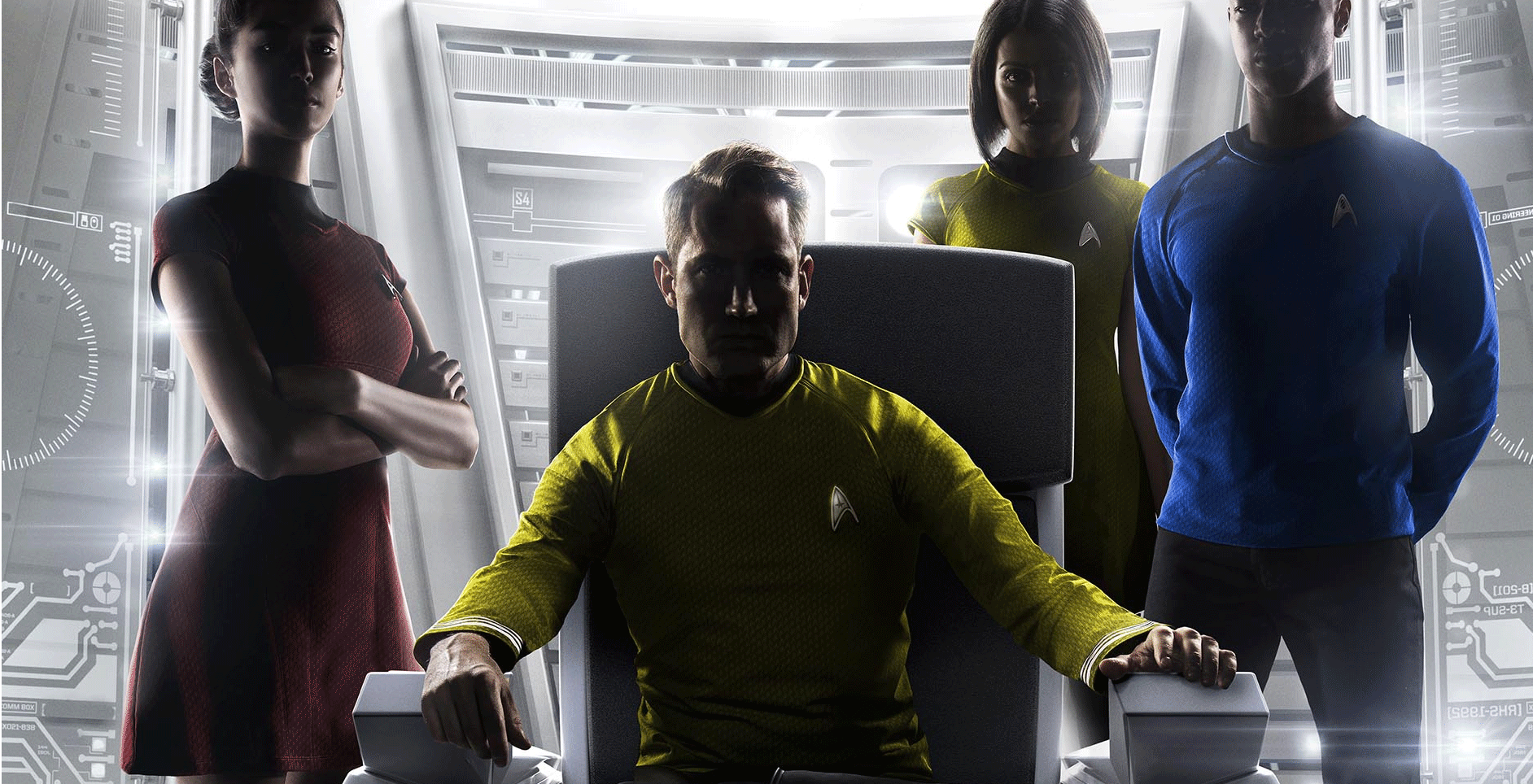In the onslaught of AAA previews we got to experience this Gamescom, it’s often hard to find experiences that come out of nowhere and surprise you with their gameplay elements. Having little to no prior experience with VR, I was always skeptical of the tech’s place within the gaming industry, but Ubisoft (amongst others) have given me a great glimpse at the possibilities of VR in a very familiar setting.
Starting off with our Captain from Ubisoft explaining our roles, we were each assigned a role to play in the upcoming mission simulation that lied ahead. Claiming my role as the tactician, I was put in charge of shield activation, scanning, and combat, but whilst I was getting all of this information thrown at me during our briefing, one major thought was going through my head: is it going to take a lot for me to understand how all of this works? In all honesty, that question was answered within a minute of our arrival to the USS Aegis, where it became clear that the sheer simplicity of VR would have me covered. Using the Oculus hand controls I was easily able to navigate my panel and teach myself the ins and outs of Bridge Crew, which showcases the strengths of the technology when it comes to teaching the user to interact with the environment. Fire phasers? Press the phaser button. Scan that object? Touch it with your finger on the panel. It’s incredibly easy to get a hang of all of the mechanics, but, arguably more experienced players may be craving for a slightly more difficult experience.
In all honesty, that question was answered within a minute of our arrival to the USS Aegis, where it became clear that the sheer simplicity of VR would have me covered. Using the Oculus hand controls I was easily able to navigate my panel and teach myself the ins and outs of Bridge Crew, which showcases the strengths of the technology when it comes to teaching the user to interact with the environment. Fire phasers? Press the phaser button. Scan that object? Touch it with your finger on the panel. It’s incredibly easy to get a hang of all of the mechanics, but, arguably more experienced players may be craving for a slightly more difficult experience.
But Star Trek: Bridge Crew really isn’t about the individual experience, because even though the game can be played alone with AI teammates, the game shines when it comes to player interaction and teamwork. All of us in the session were in a constant stream of communication in order to complete our mission, which was to save the survivors from a set of escape pods stranded in a nearby system. Everybody had their role to play and everybody had to rely on each other for them to be able to do their job. I couldn’t turn on my shields without engineering giving me the appropriate amount of power to do so, and without the skills of our navigator we’d be just as lost. Combine all of that with the guidance of our Captain from Ubisoft and you get a teamwork experience where players truly have to rely on each other, though the potential lack of challenge in the main mechanics does seem like a speed bump the game could potentially have trouble in passing. But will there be enough content to allow for a longer lasting appeal? The game will consist of a full story campaign, which will be accompanied by a random mission generator that’ll provide players with new and varied missions. The only question for me was whether the game will have a lasting appeal as a single-player experience, as I found the interaction between me and my team to be a highly influential factor in my experience.
But will there be enough content to allow for a longer lasting appeal? The game will consist of a full story campaign, which will be accompanied by a random mission generator that’ll provide players with new and varied missions. The only question for me was whether the game will have a lasting appeal as a single-player experience, as I found the interaction between me and my team to be a highly influential factor in my experience.
One of its greatest strengths is the fact at our first glimpse the game’s appeal doesn’t seem limited to fans of the IP, as the game really does seem to make gameplay its first and foremost priority. It’s pretty easy to gather what a phaser is and the interface makes use of the ship incredibly straightforward. Aside from the Abrams/Lin films I myself have never been a huge Star Trek fan, but that didn’t affect the fact that Bridge Crew might have finally convinced me about the qualities of VR.



